Lanzarote
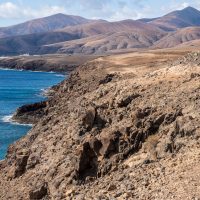
If I’d researched Lanzarote I may never have got there.
It was all a bit of a random choice
Not much more than sticking a pin in the map of easily accessible places with December sunshine. Many who visit the tight bunches of pseudo white pueblos are happy with just the sunshine, never wandering beyond their boundaries.
At first glance, much of the island is barren and bare.
For someone who enjoys lush green landscapes and mountains the island is probably not, therefore, a natural choice.
An easily accessible ‘new’ volcanic zone teetering on the edge of Europe, it’s a geologist’s delight. Borrow one for a day to find out how it all happened, beginning with the explosions in the 17th century, recorded by Father Andrés Lorenzo Curbelo from Yaiza.
There’s nothing even as high as 1000m on Lanzarote. Hardly massive and has, apparently, led to some snobbery in the world of volcanology. Montanas del Fuego, the most active area, is a shield volcano, the rest merely ‘fissures’.
Despite their diminutive stature you’ll balance on sharp edges of deep craters and wander in through sides breached by flowing lava and perhaps, understand the power when standing next to giant boulders thrown casually out.
Capture the light right and there’s iron oxide reds and absolute blacks. In the heat of the day it becomes as washed as a water colour.
In places the landscape looks as if it’s been scattered with the deep clinker from a worn out grate. Sometimes giant boulders, then the finer ashes and dust making camels the most viable form of transport, though now only for tourists. Static lava flows like Nutella, squeezed out of a massive icing bag. From a distance, a glacier, more frozen than ice.
Strong prevailing winds billow waves up over jagged coasts where lava met the sea. Becoming a surfers playground where alcoved into wide grainy beaches.
Water trapped to forma an algae feeding ground turned the water near El Golfo. Ominous green on an island where green is sadly lacking. Relatively recent volcanic activity, coupled with a desert climate doesn’t give vegetation much of a chance. Lichen the only thing that has proliferated the hills, painting a palest shade of green over harsh crinkled ground.
Somewhat out of context, vines grow over the central areas. Odd little bushes planted in half-moon walls and barren grey ash. A technique that’s centuries old. Walls protect from the winds while the ash prevents water for evaporating from the deeper, more fertile clay hidden beneath. Somewhat of a niche product you’ll get little chance to sample the wines outside of Lanzarote.
I’d put my visit to Lanzarote on a list of places ‘done’. But if you do want that lick of winter warmth, borrow a volcanologist and take a tour with Eco Tours. The wines are best tasted and explained with a wine tour. Find a quite place to stay in the north, inland a bit, away from the tourist ghettos of the south west. Arrecife, the capital, while not so pretty has good local food bars.
Local buses with get you to most places, north and south, but to visit the restricted area of Timanfya, and take a bus ride round it you’ll need to hire a car or take a taxi. The best way to see this area is to book here for a free on foot tour. But we missed as you need to book months in advance.

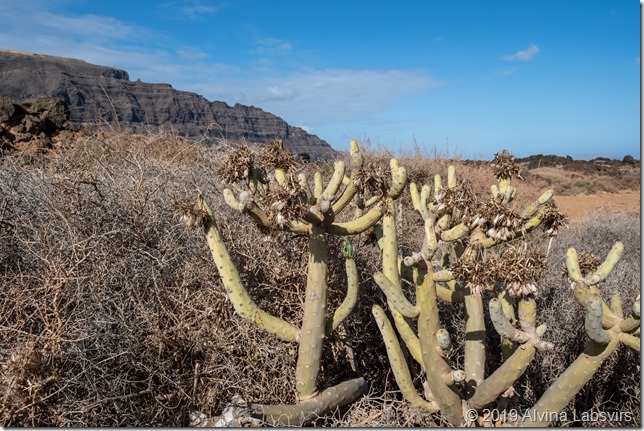
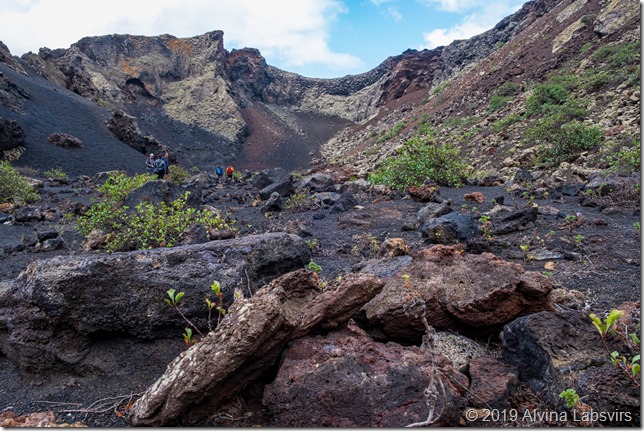
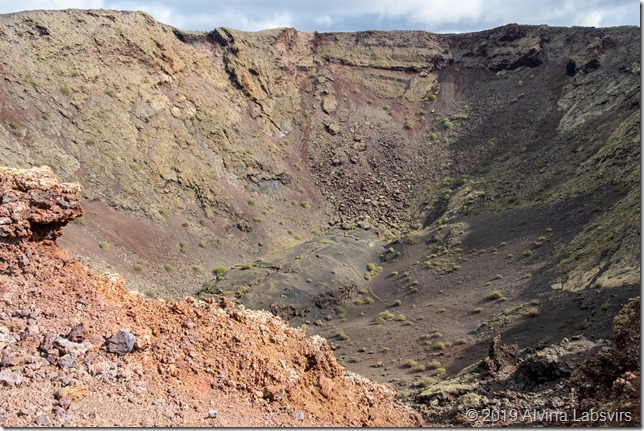
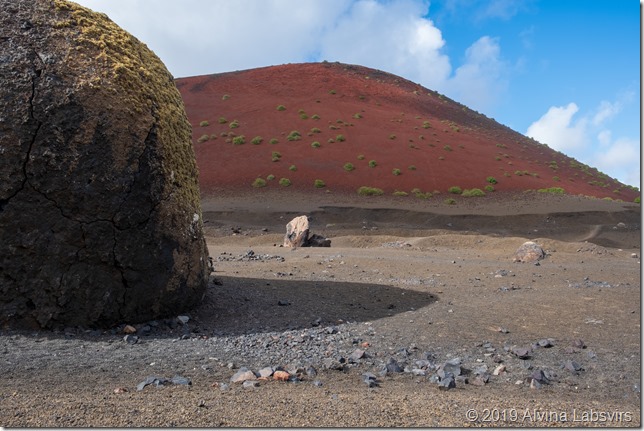
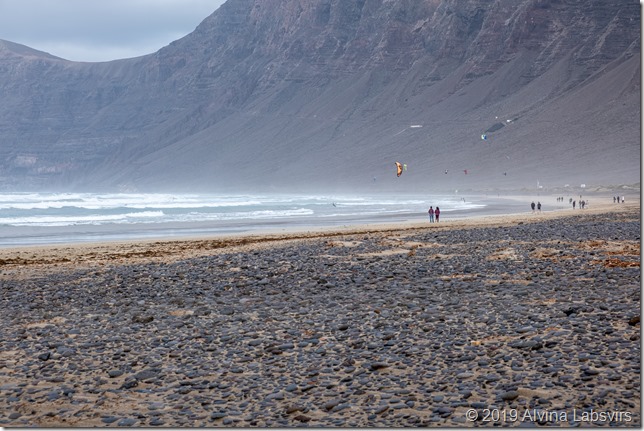
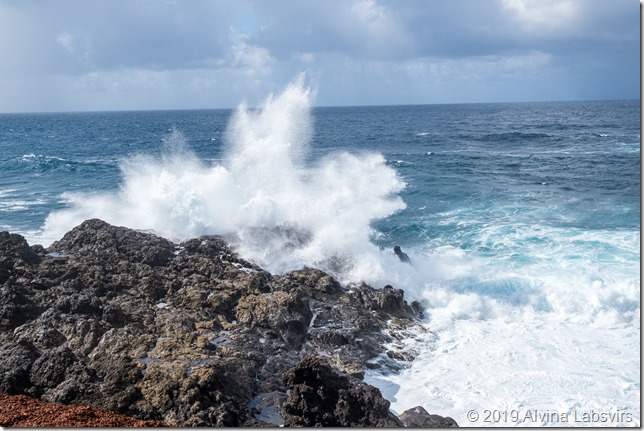
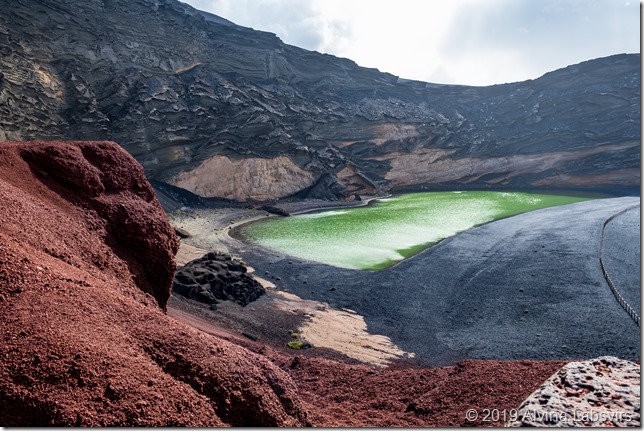
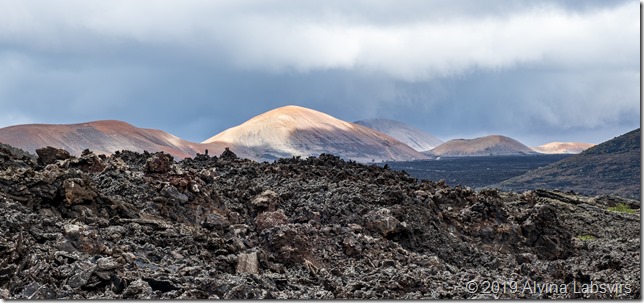
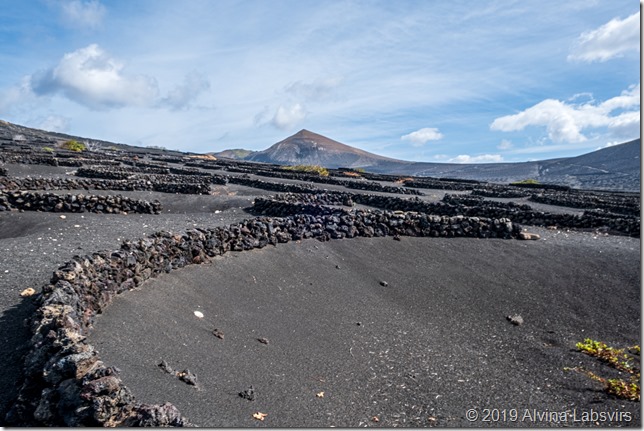
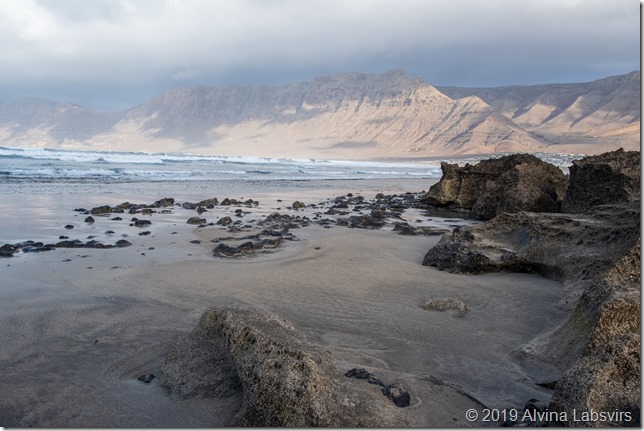
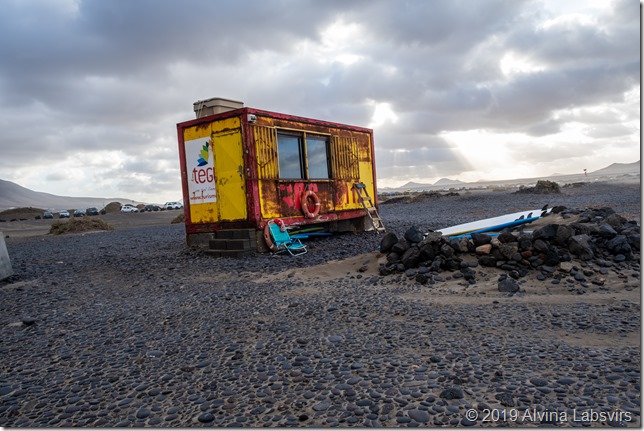
Really interesting Alvina. I worked there one winter many moons ago as a diving instructor but never got to see the interior.
Thank you!